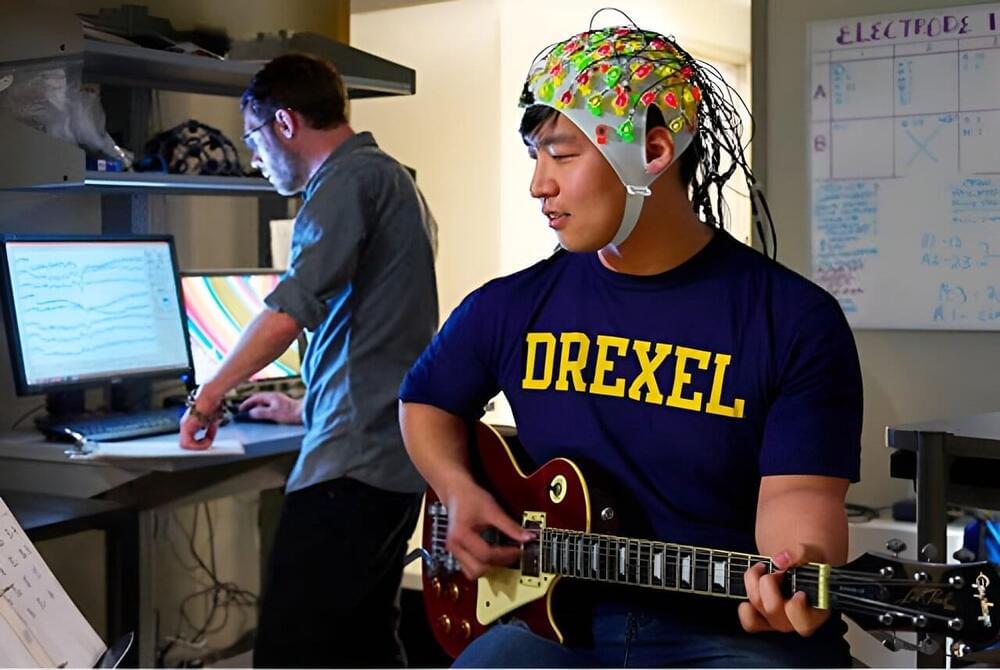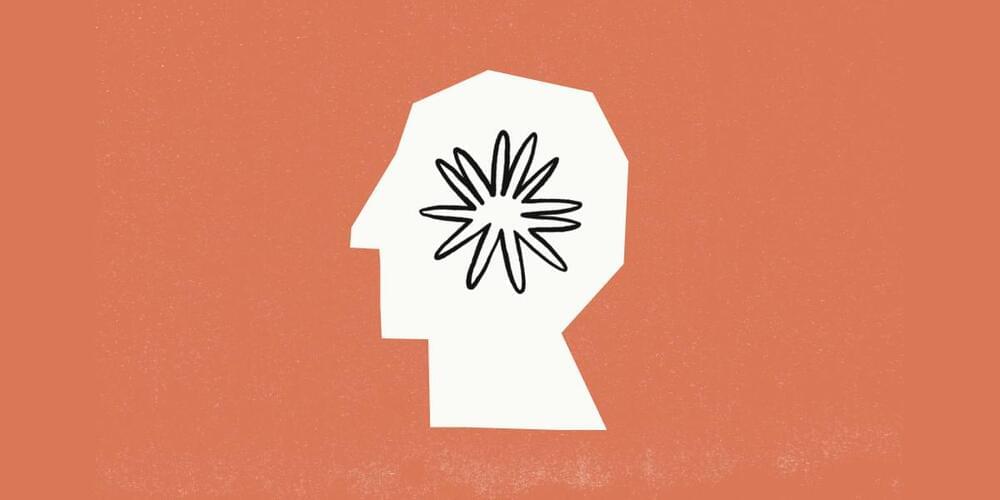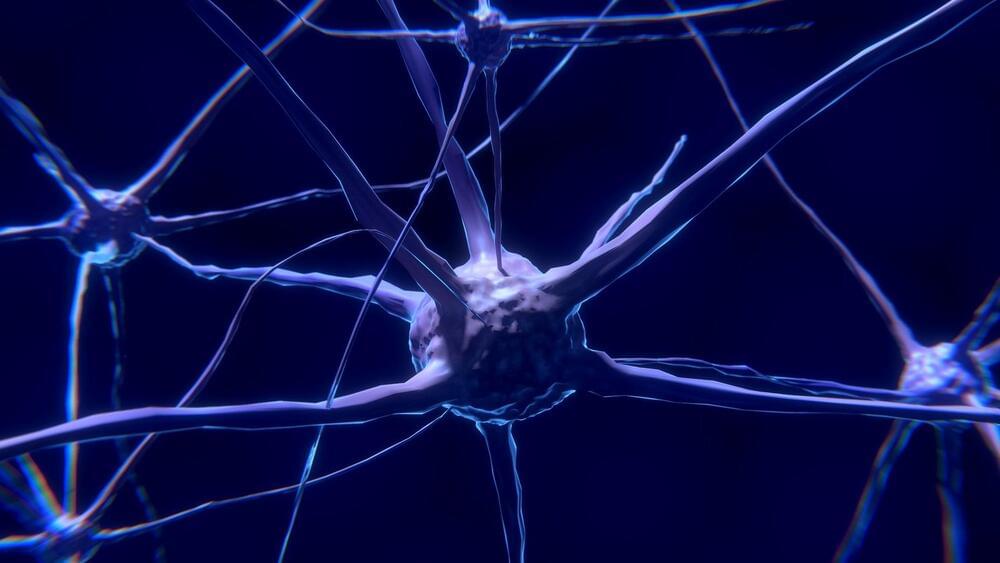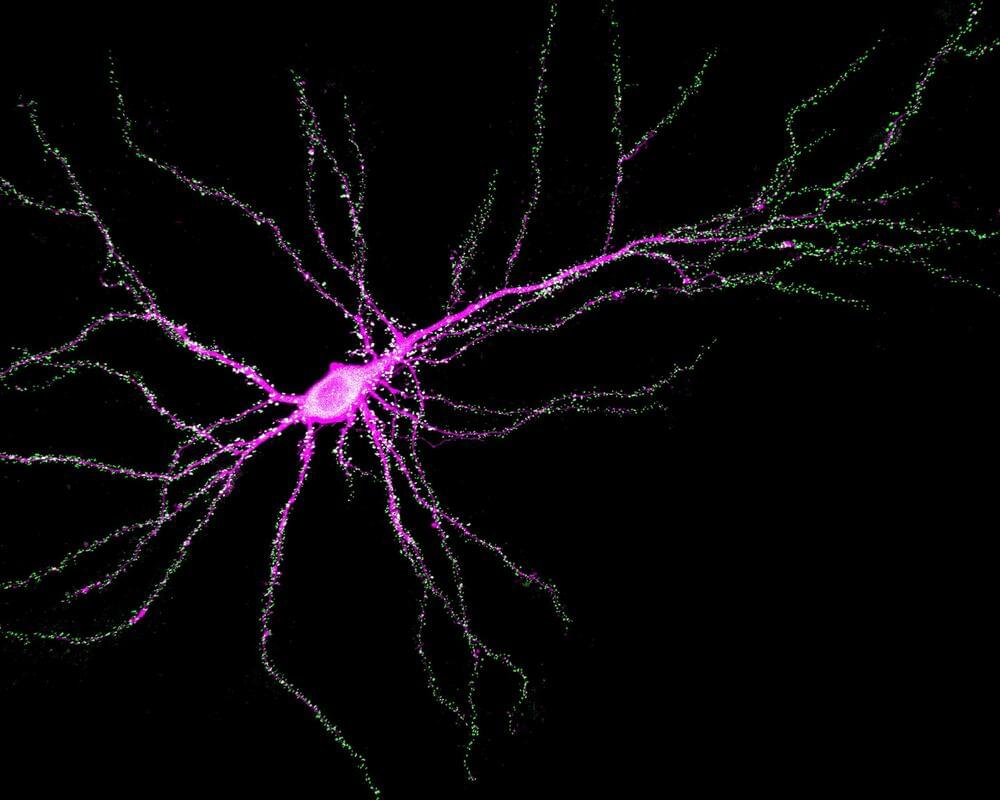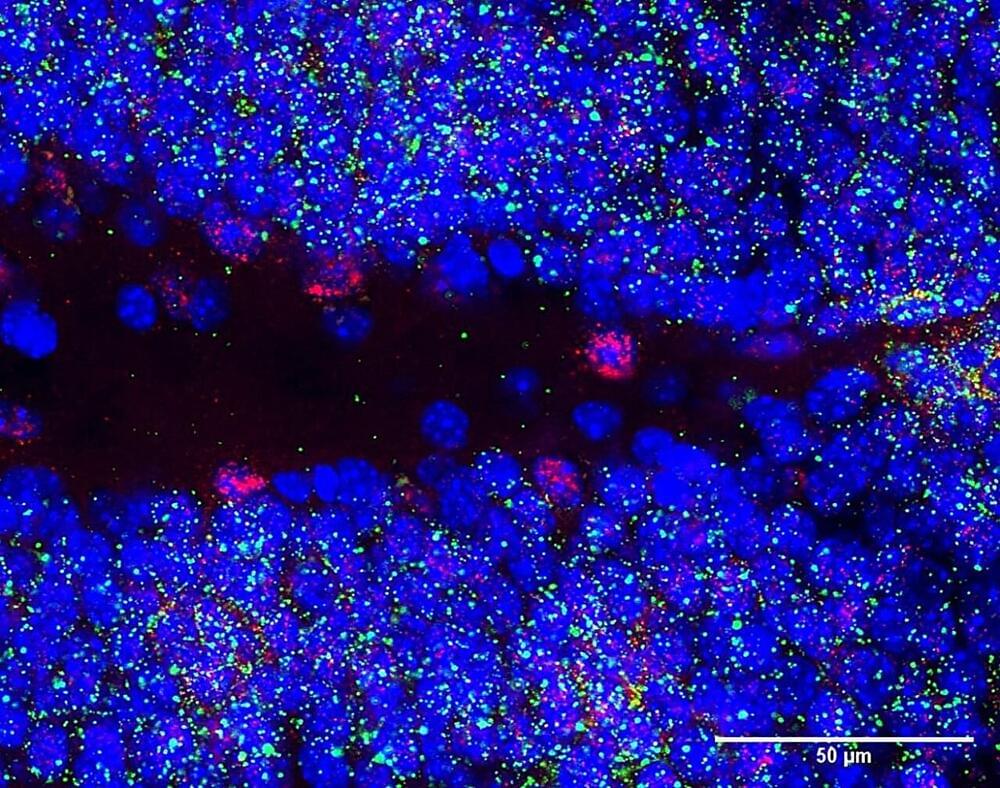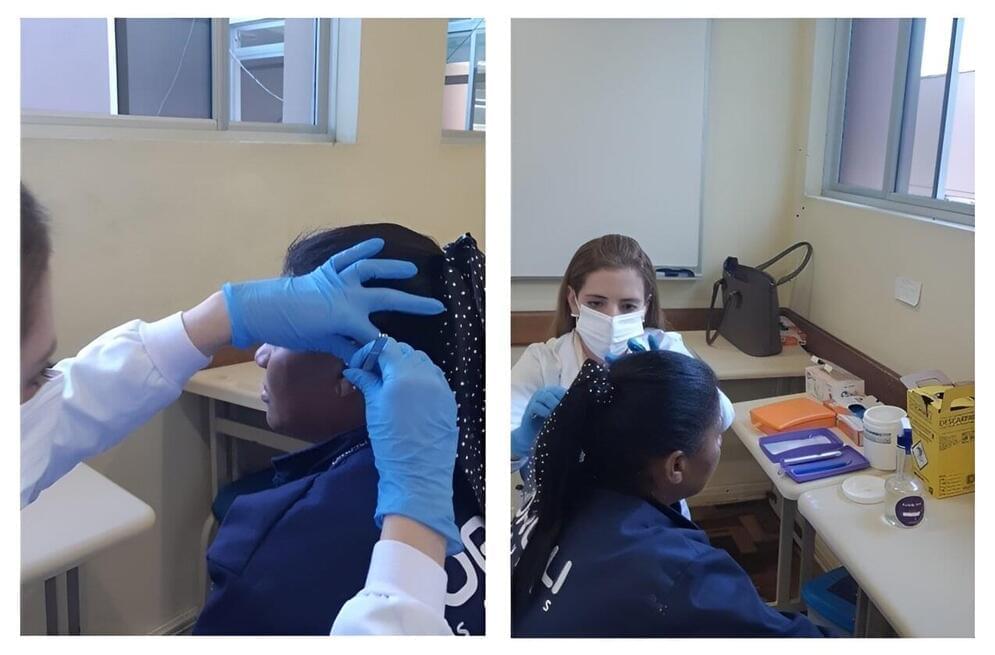The University of Chicago Medicine is among the first 30 institutions in the country to offer tumor-infiltrating lymphocyte (TIL) therapy for advanced melanoma, immediately activating as an authorized treatment center after federal regulators approved the treatment on February 16, 2024.
Effortless, enjoyable productivity is a state of consciousness prized and sought after by people in business, the arts, research, education and anyone else who wants to produce a stream of creative ideas and products. That’s the flow, or the sense of being “in the zone.” A new neuroimaging study from Drexel University’s Creativity Research Lab is the first to reveal how the brain gets to the creative flow state.
The study is published in the journal Neuropsychologia.
The study isolated flow-related brain activity during a creative task: jazz improvisation. The findings reveal that the creative flow state involves two key factors: extensive experience, which leads to a network of brain areas specialized for generating the desired type of ideas, plus the release of control— letting go—to allow this network to work with little or no conscious supervision.
